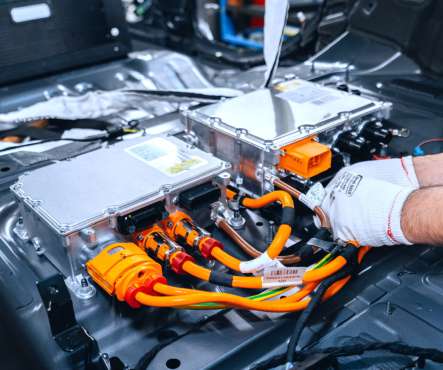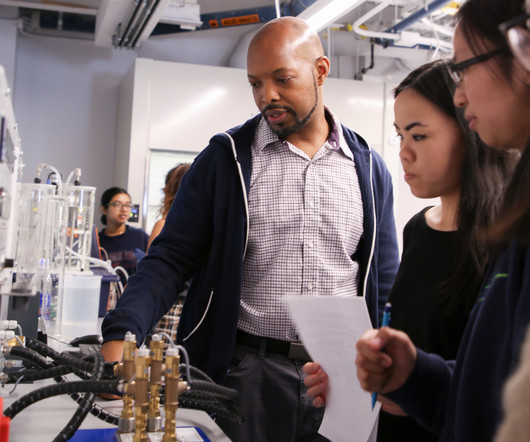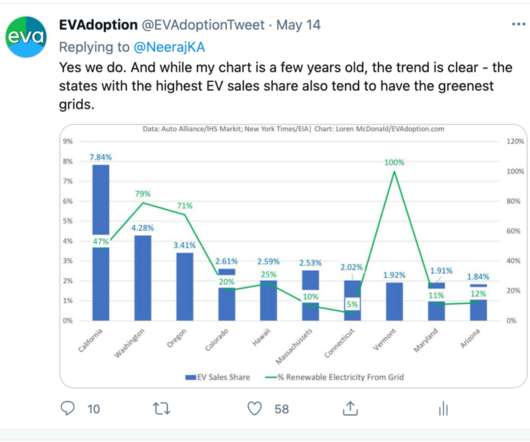GWU team develops low-cost, high-yield one-pot synthesis of carbon nanofibers from atmospheric CO2
Green Car Congress
AUGUST 21, 2015
Stuart Licht at The George Washington University in Washington, DC has developed a low-cost, high-yield and scalable process for the electrolytic conversion of atmospheric CO 2 dissolved in molten carbonates into carbon nanofibers (CNFs.) Now, the team, which includes postdoctoral fellow Jiawen Ren, Ph.D.,























Let's personalize your content